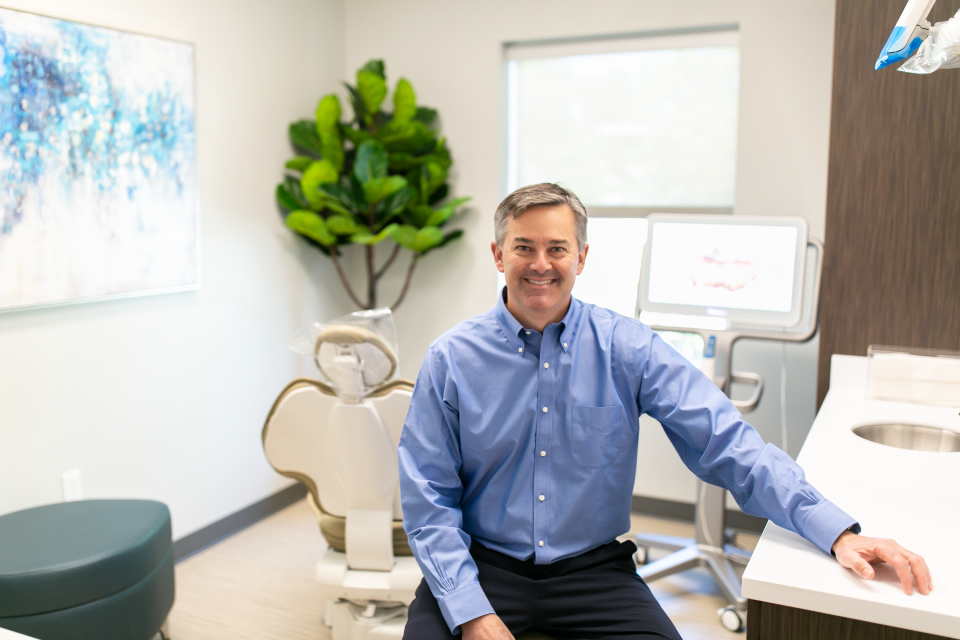FAQ

Frequently asked questions and answers.
Dr. Marc DeBerardinis and his team at Healdsburg Orthodontics have provided a list of frequently asked questions (FAQ) and answers about orthodontics treatment, expectations, and timeline.
Our orthodontic team is happy to provide a family-oriented, friendly, and warm office atmosphere that utilizes high-tech machines and equipment, like the iTero® intraoral scanner with the latest Invisalign® options for orthodontics. At our office, our patients are our family. We like to have fun with everyone who walks through our doors, and we like to help them achieve the smile they have always wanted. Call us today at (707) 433-4829 to learn more and meet our orthodontist in either Healdsburg or Cloverdale.
Ask your child to open their mouth, and let you look at their teeth. If you see any signs of crooked teeth, gaps between your child’s teeth or overlapping teeth, your child may need orthodontic treatment.
Ask your child to bite all the way down, but keeping their lips open so you can see their teeth. Do the front top teeth line up with the bottom? Do the top teeth protrude out away from the bottom teeeth? Do the top front teeth cover more than 50% of the bottom teeth? Are the top teeth behind the bottom teeth? All these are indicators for potential orthodontic treatment.
Look at the alignment of your child’s jaw. Does the jaw shift off center when your child bites down? If you see any misalignment or shifting of the jaw, your child may have a skeletal problem which requires early orthodontic intervention.
These are only some of the obvious symptoms of orthodontic problems.
Phase II treatment or comprehensive treatment usually occurs a number of years later. Usually we are waiting for 12-16 more permanent teeth to erupt before phase II begins. This most commonly occurs at the age of 12 to 14 years of age. The goal of phase II treatment is to position each individual permanent tooth in the exact proper position. This will achieve an ideal occlusion (bite) with all of the permanent teeth which will result in a smile that will last a lifetime.


